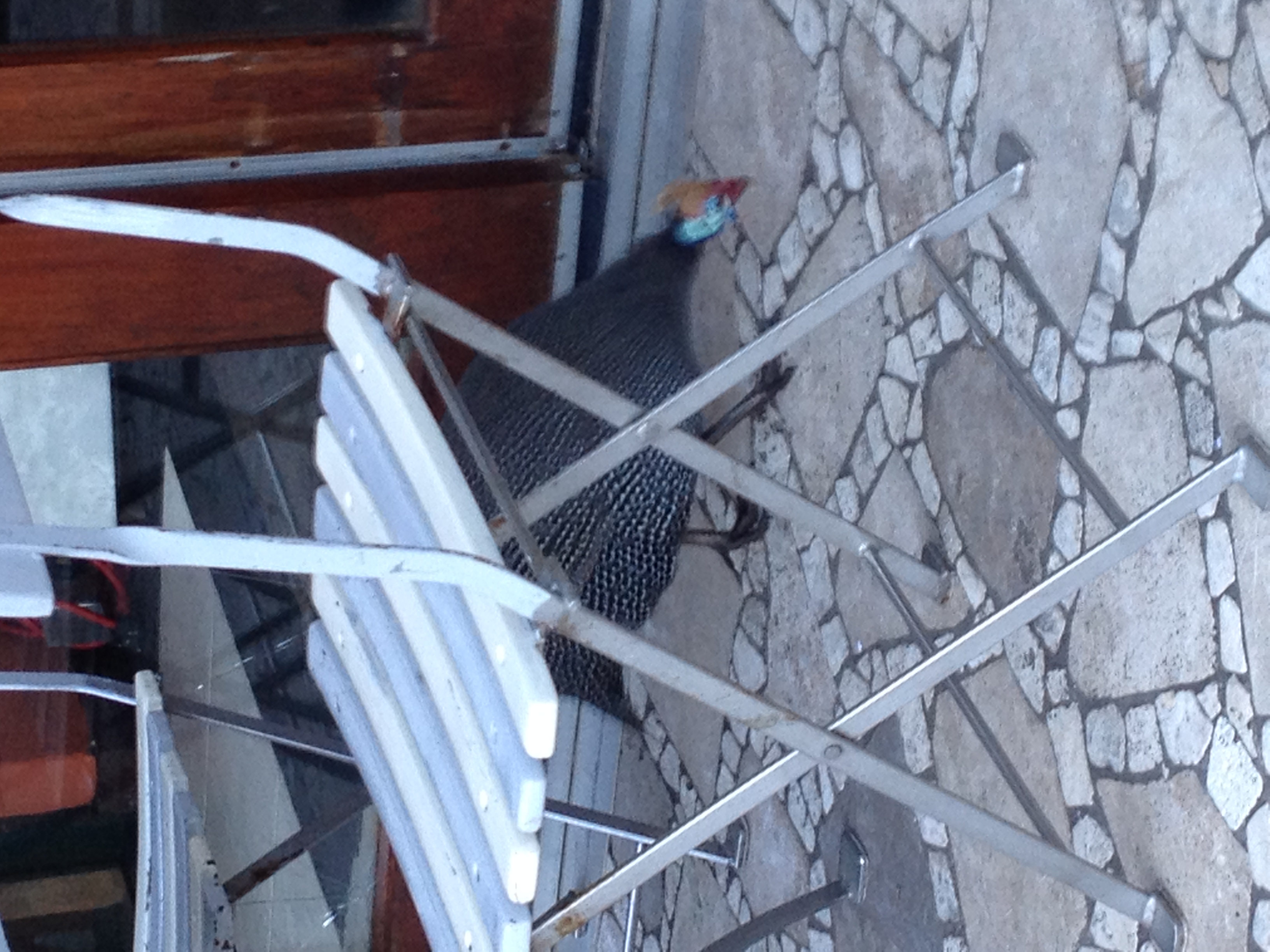Arrival in Cape Town and First Two Days
For an occurrence to become an adventure, it is necessary and sufficient for one to recount it.”
― Jean-Paul Sartre
I hope this blog will help fulfill Sartre’s call to recount my adventures this summer!
Krishna, the other William and Mary International Intern working in Cape Town this summer, and I successfully made it to Cape Town and to our accommodation for this summer. To save some money for our trips and explorations, we are staying at a hostel called 33 South Backpackers. It is located in the Southern Suburb of Cape Town called Observatory, or Obz for short which is a place known for its eclectic mix of students, backpackers, and young South Africans. Our first day, one of our first adventures was learning that the hostel only provides hot water for showers at certain hours. As we had slept in our first day due to our jet lag, and missed the hot water period, it was a bracing first shower to say the least. Later that day, we got very lost trying to find Krishna’s work at the Center for the Study of Violence and Reconciliation (CSVR). We wandered around the neighborhood for a couple of hours, but we were unsuccessful. However, the time was certainly not wasted! We found the closest grocery store to our hostel and were able to scope out the neighborhood’s many, varied restaurant and shop offerings. We had lunch at a pub called Scrumpy Jack’s and watched some of the World Cup coverage.
Our second day in Cape Town, with a little help from our hostel’s friendly staff, we were finally able to find Krishna’s work. It turns out, CSVR’s office is only a six minute walk from our hostel, and easy to find. We were also going to try to find my workplace at People Against Suffering, Oppression, and Poverty (PASSOP), but we were warned that that area is fairly empty on the weekend and therefore not very safe. With the rest of our day free, we decided to visit Kristenbosch, Cape Town’s world famous botanical gardens. The gardens were beautiful and provided a wonderful view of Table Mountain and the city. The amount of flora displayed was impressive; we saw cycads that have been in existence since the days of the dinosaurs, succulents that populate desert areas, and plants native only to this part of the Western Cape. We ended our visit with dinner at the gardens’ restaurant. From the patio, we sampled traditional South African fare with a lovely view of Table Mountain. I tried hake, a fish that is caught right off the cape, and pinotage, a wine from the nearby vineyards of Stellenbosch. Because we were dining al fresco, we also soon joined by two fascinating-looking birds. They had colorful plumage near their beaks, but their body feathers were black and white and looked like polka dots. Their movements reminded me of chickens, but they could run much faster when startled. Later, I found out it is called the helmeted guineafowl and is native only to southern Africa.
Below is a picture of a helmeted guineafowl under one of the tables near us.
Below is the beautiful view of table mountain from our table.

